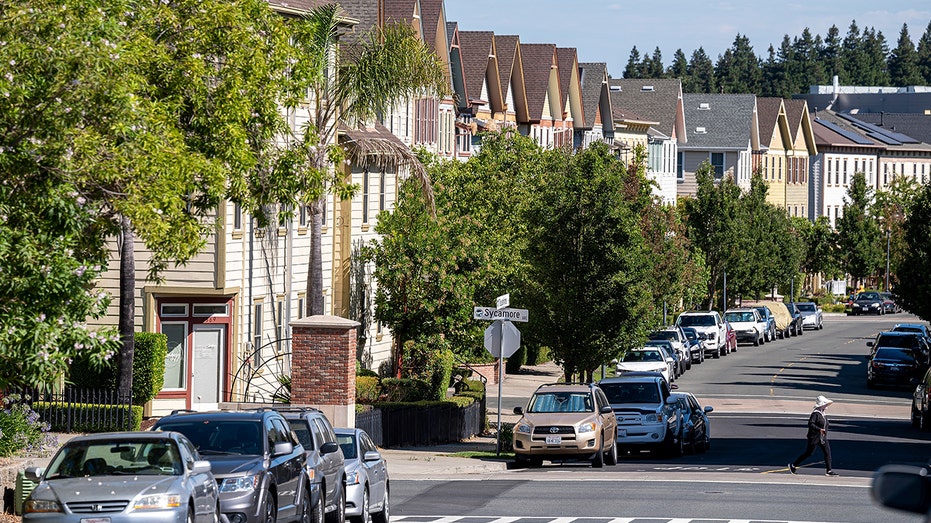The astronomical rise in mortgage rates over the past year has put homeownership out of reach for millions of Americans, but the housing market could soon face an unprecedented improvement in affordability, according to Morgan Stanley analysts.
“We think we are poised for an improvement in affordability that we have only seen a handful of times over the past ~35 years,” they wrote in a recent analyst note. “We expect home prices to fall modestly as housing activity picks up versus 2023, with new home sales outpacing existing sales, but think the strong fundamentals of existing homeowners will prevent sizable corrections.”
Mortgage rates have retreated noticeably over the course of November as many investors believe the Federal Reserve is done hiking interest rates following two cooler-than-expected inflation reports last week.
HOUSING WATCH: IS NOW A GOOD TIME TO BUY A HOME?
Rates on the popular 30-year fixed mortgage fell to a two-month low of 7.44% last week, according to Freddie Mac, down from a high of 7.79% at the end of October but well above the pre-pandemic average of 3.9%.
Morgan Stanley analysts expect borrowing costs to continue falling next year, easing the “lock-in effect,” where sellers who secured a record-low mortgage rate of 3% or less during the pandemic were reluctant to list their house, leaving few options on the market for eager would-be buyers.
That shortage has driven prices higher as buyers compete for a limited supply. Compared with February 2020, the S&P CoreLogic Home Price Index is up more than 34%.
THE 4 US CITIES FACING BIGGEST HOUSING SHORTAGE
“As rates come down throughout the year, we would expect affordability to improve and for-sale inventory to increase,” they said. “Both of these developments are constructive for housing activity, but the latter provides a potential counterbalance for home prices.”

They anticipate that single-unit housing starts will jump by about 10% in 2024, which could fuel a decline in home prices.
But affordability constraints may also persist.
Rates are expected to remain elevated in coming months, as the Fed has hinted that it may hold interest rates at peak levels for longer than previously anticipated. That could mean buyers jump at the chance for a 7% mortgage rate in “far greater numbers” than Morgan Stanley analysts anticipate, they wrote. That demand, on top of continued supply constraints, could push home prices up 5% next year – another record high.
Conversely, home prices may also decline more than expected. If the economy enters a recession in 2024, consumer demand could weaken to the point that home prices tumble 8%.
Read the full article here








